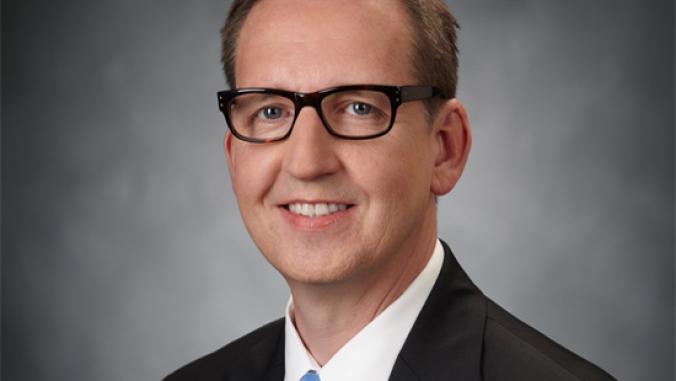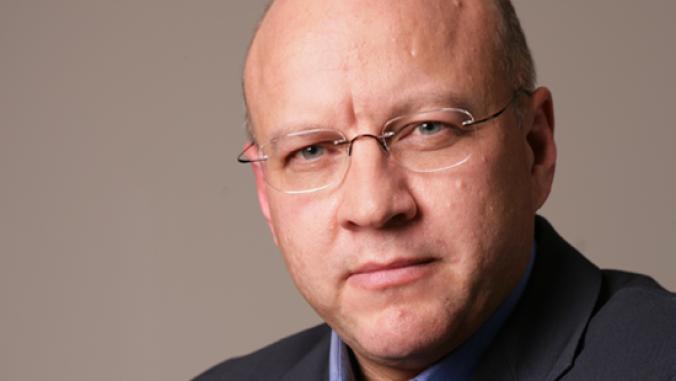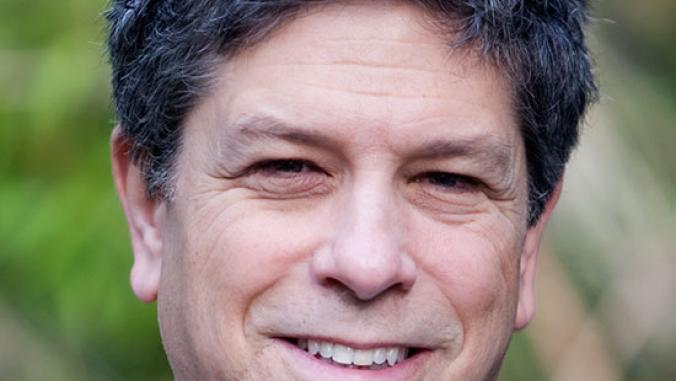Taking a Look at Demand Response's Bright Future
<p>Tim Healy, the CEO of EnerNOC, talks about how demand response can be an insurance policy for the grid, and how his company has succeeded at getting individuals and businesses alike to cut their energy use.</p>

Nature of Business radio, created and hosted by Chrissy Coughlin, is a weekly show on business and environment.
This week's conversation with Tim Healy, CEO and Co-Founder of Boston-based EnerNOC about energy management was an interesting one. I wanted to really understand what it is that EnerNOC does, but I also wanted to know how they do it so well. In other words, to see what all the hype was all about.
It became clear to me not even 10 minutes into the conversation that a big part of their winning combination is a happy mixture of foresight, innovation, market savvy, active communication with and understanding of the customer, and, perhaps most important of all, gumption and the simple confidence it takes to act upon an idea while quickly differentiating yourself.
They have done this by tapping into the mass commercial and industrial market and helping them make sense of energy data. Here's more.
In something approaching a nutshell, EnerNOC manages the energy of commercial, institutional and industrial organizations by helping them use energy more intelligently, pay less for it, and generate cash flow that benefits the bottom line through EnerNOC's suite of energy management tools that includes demand response.
Not a new concept, but one that is currently viewed as a best practice in energy management, demand response is an alternative to firing up existing peak power plants (or even worse building new ones) to meet peak energy demands.
Specifically, when utilities are about to hit the limit of their energy supply, they send a signal out to EnerNOC's control center, who in turn, sends out a signal out to thousands of their business customers to curtail their energy use while getting paid to do so.

As a result these customers who supply this energy during peak demand have started to look at themselves as a type of insurance provider for the grid, at the ready to respond to peak demand.
With 10,700 customer sites worldwide and 110,000 tons of CO2 saved so far, Tim was audibly excited about the future of energy management and EnerNOC's role.
In his words, "I think we are really at the very beginning stages of some of the neat and interesting, and innovative things that are going to on in energy management. This is one of the last business activities that really hasn't intersected yet with high-tech, and information technology. We are seeing that all of sudden people are saying 'wow, there are reams and reams of energy data out there. What do I do with it now that I am connected to the markets, now that our opportunities in demand response and data driven energy efficiency. How do I make sense of it all?' EnerNOC is hoping to be one of their premier companies to do just that for folks."
There was so much to talk about that I didn't have time to ask Tim was keeps him up at night. But listening to him talk about how he doesn't see growth ending anytime soon coupled with EnerNOC's desire to just keep on doing what they are doing and excelling at it, I get the feeling he probably sleeps pretty well. Call it women's intuition. It also doesn't hurt that EnerNOC was named one of the Boston Globe's Top 100 Places to Work in 2009 and 2010. And I have a sneaking suspicion they will also make "List 2011."
George Papoulias edited this podcast.





